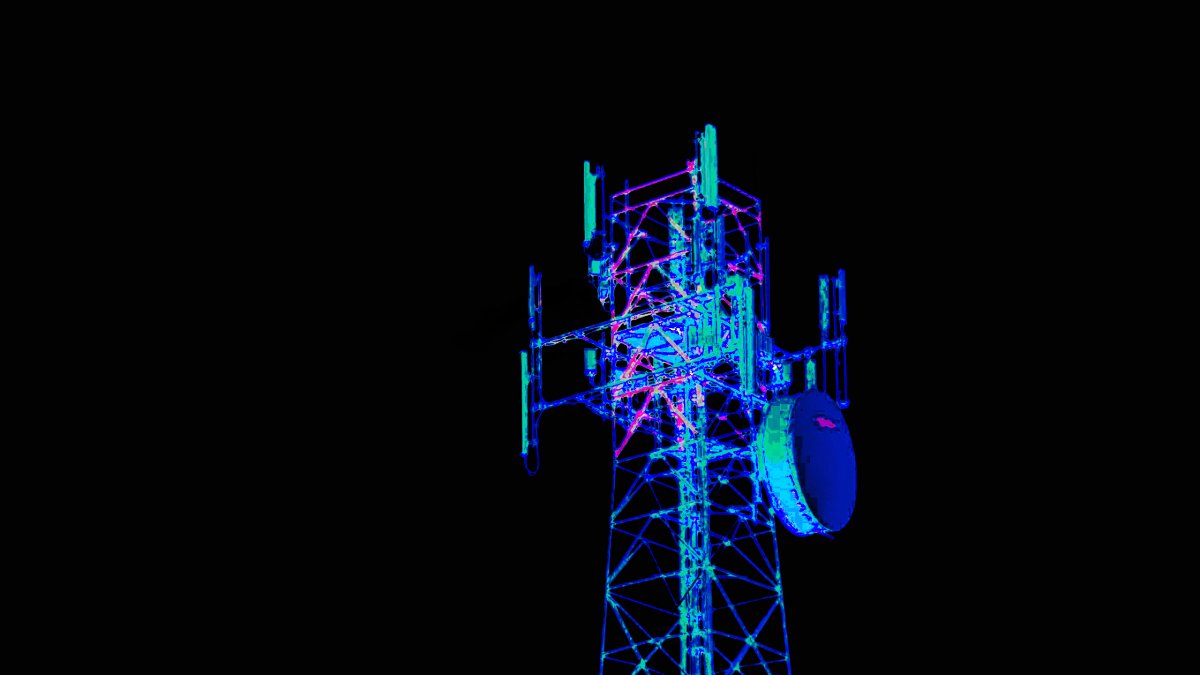He presses
A research team has discovered a binary star system in the universe that sets two very amazing records.
FRANKFURT – A research team has announced two new universe records in a new study: the smallest star ever discovered and the fastest orbit between two stars – both higher values coming from the same binary star system. The researchers reached the results in a study in the specialized journal Nature astronomy published.
Researchers have discovered the smallest star ever, which is only seven times the size of Earth
The researchers named the binary star system “TMTS J0526.” It is located about 2760 light-years from Earth. One of the stars, J0526B, is a small, hot dwarf star with a radius seven times that of Earth itself, according to reports. iflscience.com About the study. This makes it the smallest star that researchers have ever been able to identify. For comparison: the radius of Jupiter alone is 11.2 times larger than the radius of Earth. The Sun is 110 times larger than the Earth. Recently, researchers also discovered a black hole of incredibly large dimensions.
Despite its small size, the smallest star ever still weighs about a third of the mass of the Sun, and is therefore 350 times heavier than Jupiter. Together with its star partner J0526A, the smallest star also set another record: the two stars will completely orbit each other in just 20.5 minutes. This is the shortest orbital period of all binary star systems known to mankind. For comparison: It is known that the Earth takes about 365 days to revolve around the Sun.
Researchers will examine more than 27 million stars between 2020 and 2023
The mass of the observed star J0526A is about 74 percent of the mass of the Sun. The main components are carbon and oxygen. Both stars will be called white dwarfs. It is the fate of stars, such as the Sun, which are not massive enough to go supernova and initially evolve into red giants before shedding their outer layers and revealing an extremely dense, decaying core not much larger than Earth. .
For the study, the research team observed more than 27 million stars between 2020 and 2023 using the Tsinghua-Ma Huateng University Survey Telescope (TMTS), the namesake of the binary star system. No system with an orbital period shorter than the binary star system TMTS J0526 has been discovered.
The research results were confirmed by the Keck Telescope in Hawaii and the Canaria Telescope (GTC) in La Palma. The study also indicates that the two white dwarfs will distort each other in their orbit. Therefore, the force of gravity will affect the smaller, brighter star and its brightness with each orbit. Recently, the Gaia telescope revealed data from half a billion stars.

“Total coffee aficionado. Travel buff. Music ninja. Bacon nerd. Beeraholic.”







More Stories
Mysterious methane on Mars: NASA has a new theory
NASA: Hubble enters safety mode again
“Austria is turning into a political gravedigger”